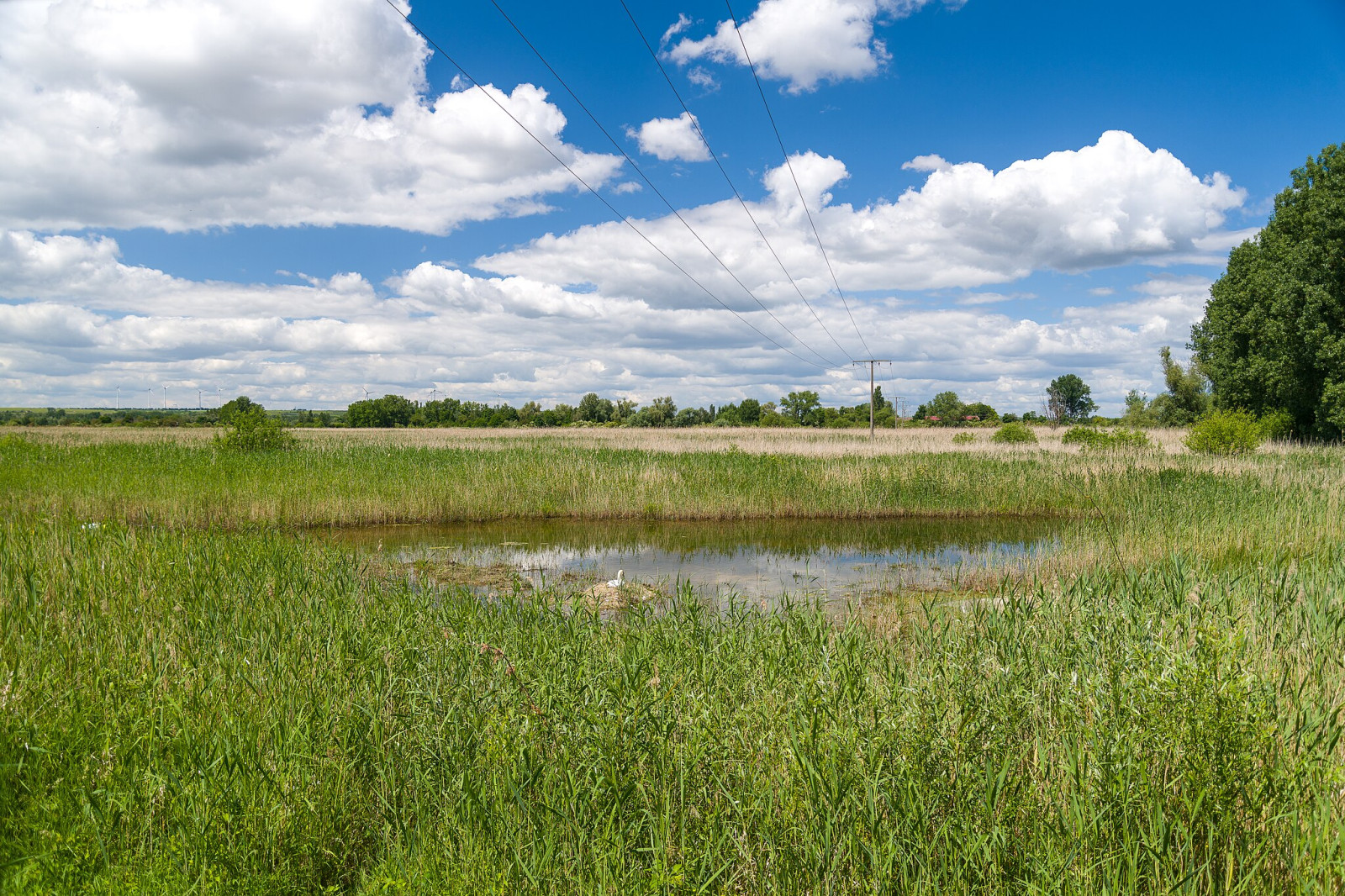Opis
The Gimbsheimer Altrhein is a nature reserve of approximately 112 hectares. The area is a former meander of the river Rhine that became an oxbow lake and later silted up due to the lowering of the groundwater level. It is known for its diverse habitats, including reed beds, wet meadows, and floodplain forests.
In silted areas characterized by still water areas and low moor areas, there are also many bushes and small marsh forests, as well as open water areas. A number of migratory bird species can also be found here resting and overwintering. And the area is a breeding ground for rare and specialized bird species. Birds that can be observed include cyranka, hełmiatka, turkawka, wodnik (zwyczajny), perkozek, czapla purpurowa, bączek, krętogłów, błotniak stawowy, kania ruda, wilga (zwyczajna), brzęczka, trzciniak and słowik rdzawy.
Szczegóły
Dostęp
The Gimbsheimer Altrhein is located west of the village of Gimbsheim and north of the village of Eich, between the Bundesstraße 9 to the west and the Rhine River to the east. From the nearby town of Eich there are good opportunities for exploring the area on foot or by bike. Press P on the map for directions to a parking spot.






